Reportar esta entrada
Más sobre la misma comunidad-colección
Hora Feliz Brasileña en el Museo de Historia de El Paso
The picture was taken at the Brazilian Happy Hour in the Museum ...
Hora Feliz Brasileña en el Museo de Historia de El Paso
The picture was taken at the Brazilian Happy Hour in the Museum ...
Hora Feliz Brasileña en el Museo de Historia de El Paso
The picture was taken at the Brazilian Happy Hour in the Museum ...
Hora Feliz Brasileña en el Museo de Historia de El Paso
The picture was taken at the Brazilian Happy Hour in the Museum ...
Hora Feliz Brasileña en el Museo de Historia de El Paso
The picture was taken at the Brazilian Happy Hour in the Museum ...
Hora Feliz Brasileña en el Museo de Historia de El Paso
The picture was taken at the Brazilian Happy Hour in the Museum ...
Hora Feliz Brasileña en el Museo de Historia de El Paso
The picture was taken at the Brazilian Happy Hour in the Museum ...
Hora Feliz Brasileña en el Museo de Historia de El Paso
The picture was taken at the Brazilian Happy Hour in the Museum ...
Puente de la calle Stanton - El Paso, Tejas
The Stanton Street Bridge, located at 1001 S. Stanton, was ...
Vista de las montañas Franklin y Preparatoria El Paso
The image shows the westside of the Franklin Mountains. It ...
UTEP frente al Monte Cristo Rey
The image shows the University of Texas at El Paso in front of ...

















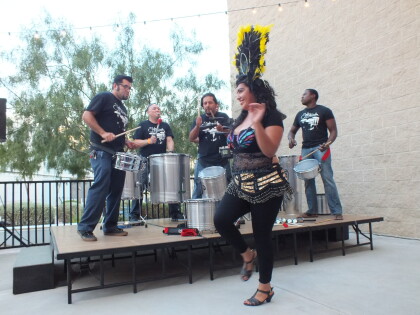
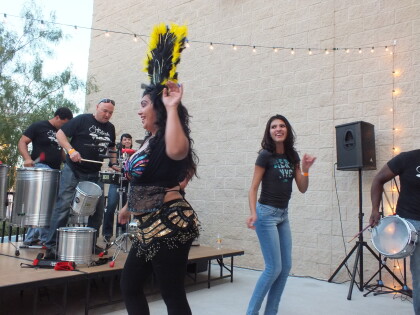
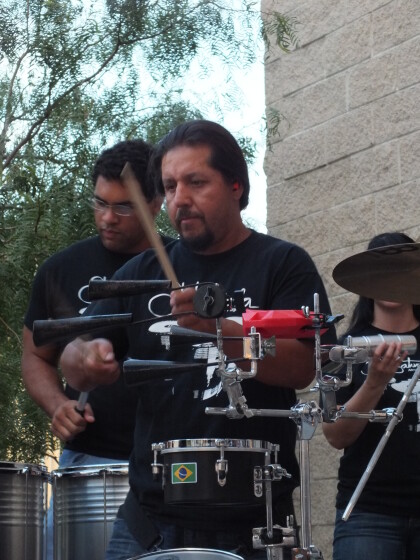


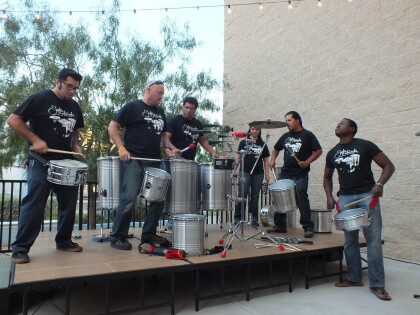
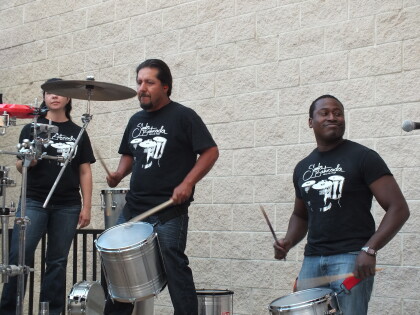
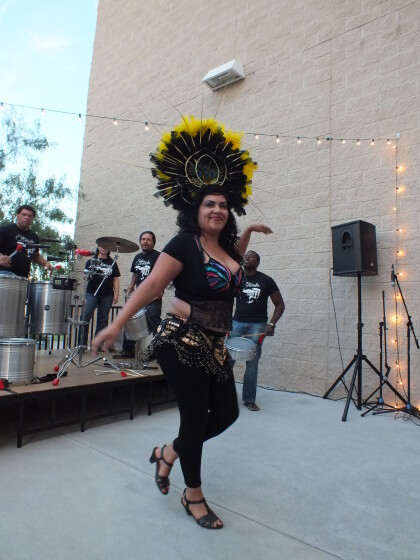
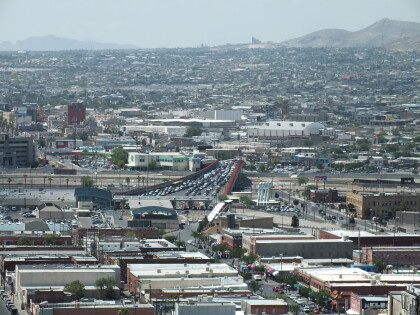
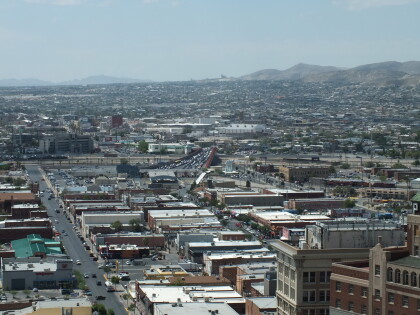

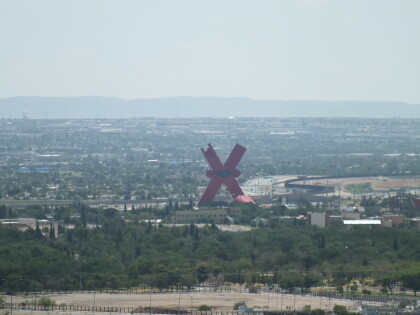
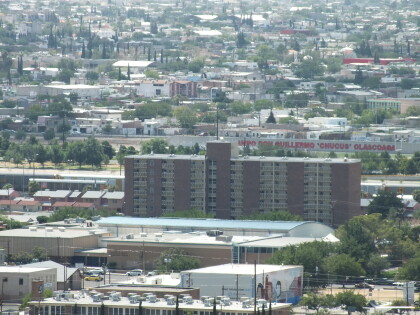
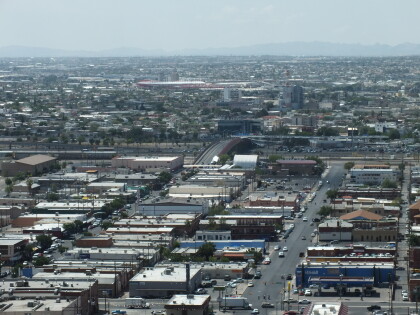

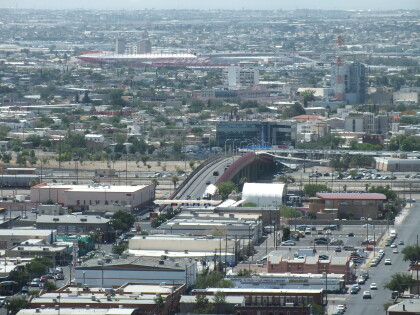
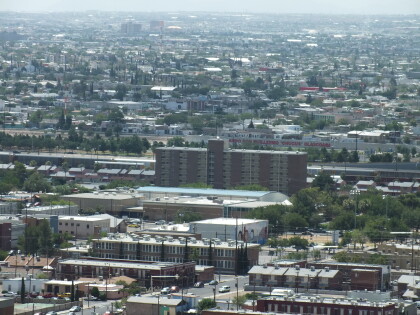
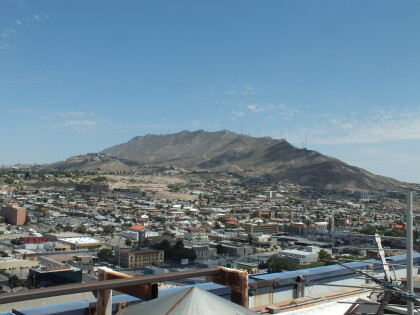
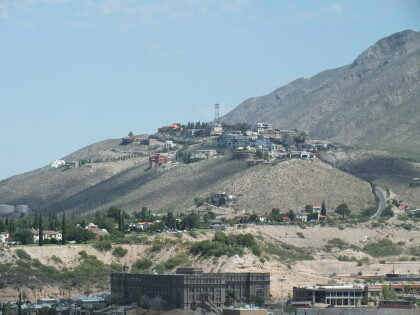
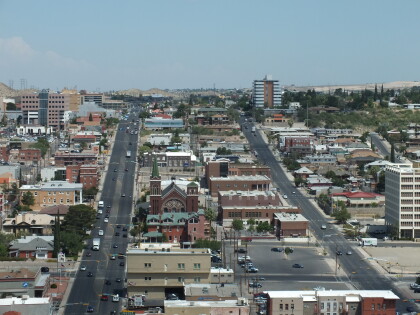
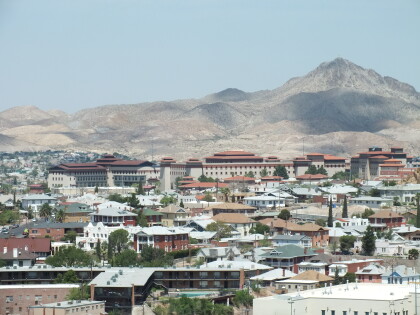
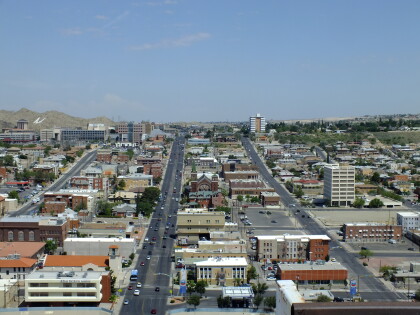
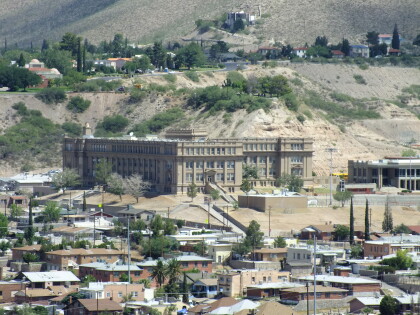
Comentarios
Hacer un comentario